How to Choose the Perfect Website Design
The Importance of Good Website Design
A well-designed website is a fundamental component of any successful digital project. It directly affects the user experience, determining how easily visitors can navigate and interact with your content.
Website design isn’t just about aesthetics—it also involves functionality that supports your goals.
When a website is visually appealing and well-organized, it attracts users and encourages them to stay longer.
Moreover, great design facilitates user interaction. Simple and intuitive interfaces enhance usability, which in turn improves conversion rates. When users feel comfortable navigating a site,
they are more likely to take actions such as registering or making a purchase.
Successful websites feature carefully crafted designs that reflect the brand’s vision and deliver clarity and professionalism.
For example, platforms like Amazon or Twitter focus on seamless and effective user experiences. Their use of appropriate colors, clear branding, and clean interfaces contributes to building trust and repeat visits.
In short, investing in good web design is a strategic move that drives both user satisfaction and long-term business success.
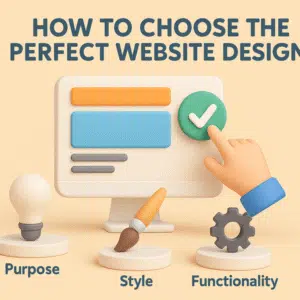
Key Principles of Good Website Design
When designing any website, adhering to the core principles of good design is essential for achieving your objectives. One of the top priorities is usability.
The site should be easy to navigate, with intuitive menus and accessible information. The simpler the user journey, the more likely visitors are to stay and return.
Loading speed is another critical indicator of quality. Slow-loading pages frustrate users and increase bounce rates. Optimize site performance by compressing images, refining code, and removing unnecessary components.
Responsive design is now a standard. With mobile and tablet usage on the rise, your site must work smoothly across all screen sizes. This ensures that every visitor—whether on desktop or mobile—enjoys an equally efficient experience.
Finally, there must be a balance between visual appeal and functionality. Your design should reflect your brand identity while remaining clear and organized.
Carefully chosen color schemes and layouts draw attention without overwhelming users. When these elements work together, they create a sustainable and successful website experience.
Current Design Trends
Web design trends evolve constantly. As technology and user behavior change, it’s increasingly important to adopt modern design techniques that attract visitors and enhance brand identity.
One prominent trend is the use of bold colors and gradients to add energy and visual interest. High-contrast palettes improve content visibility and help guide the user’s attention toward key elements.
Modern typography is another defining trend. Clean, minimal fonts are in demand for their professional look and readability.
The chosen typefaces should align with the brand’s personality—every font has a unique feel that helps differentiate your brand.
These fonts should also be responsive to ensure optimal readability across devices.
As for layouts, the trend is moving toward adaptive grid systems that provide seamless performance across mobile and desktop. These responsive layouts improve accessibility and increase dwell time, enhancing user experience.
The best layout should align with your site’s purpose—whether it’s e-commerce, blogging, or another format. By staying in tune with modern trends, you can elevate your visual identity and deliver a superior experience to users.
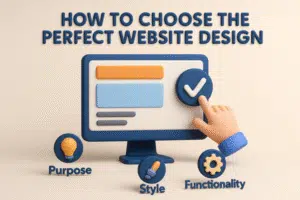
Tips for Choosing the Right Designer
Choosing the right designer for your website is crucial to ensuring a cohesive, functional design that truly reflects your brand identity.
Start by evaluating the designer’s background—their education, skills, and previous experience.
Their portfolio is a vital tool. Reviewing past projects gives you insight into their style, creativity, and ability to deliver results. Look for diverse work samples, especially those aligned with the type of site you need.
If the designer has produced clean, intuitive, and innovative work, that’s a promising sign they can meet your expectations.
Ask the right questions during the selection process. Inquire about their design process, tools they use, and estimated timelines. Also, prioritize designers who demonstrate strong communication skills—clear collaboration is essential.
A strong client-designer relationship leads to a deeper understanding of your vision and improves the final outcome.
Ultimately, choosing the right designer requires thoughtful consideration and thorough evaluation. The more informed and intentional your decision, the better your chances of building a high-performing website that resonates with your audience.
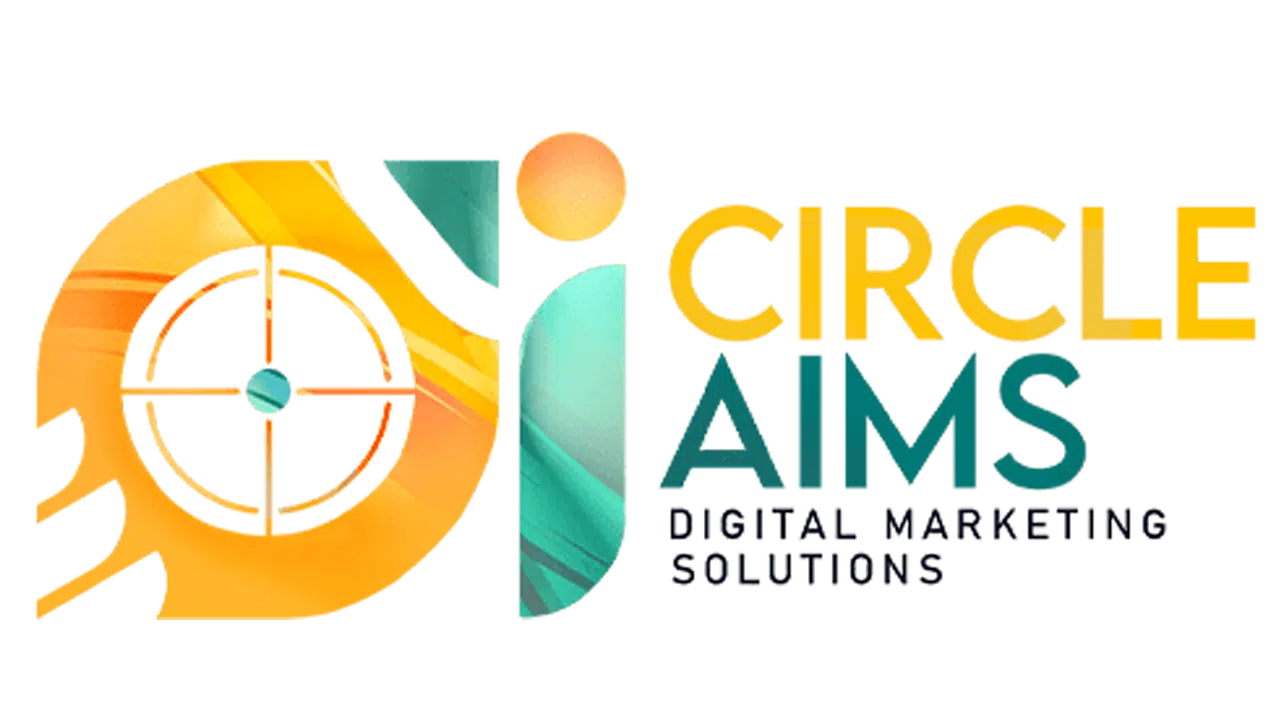
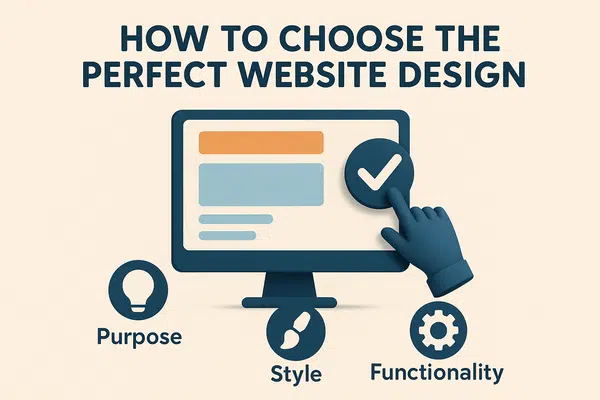


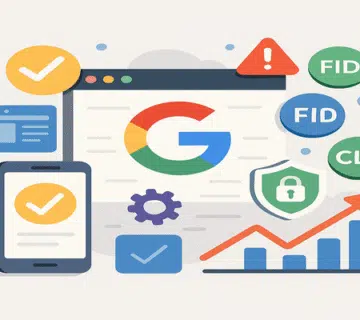
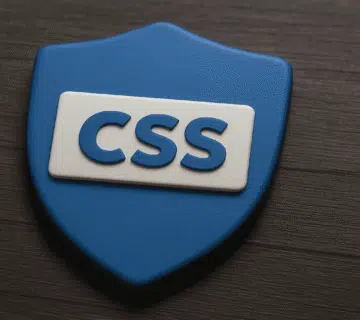
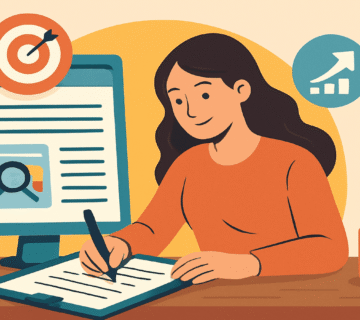
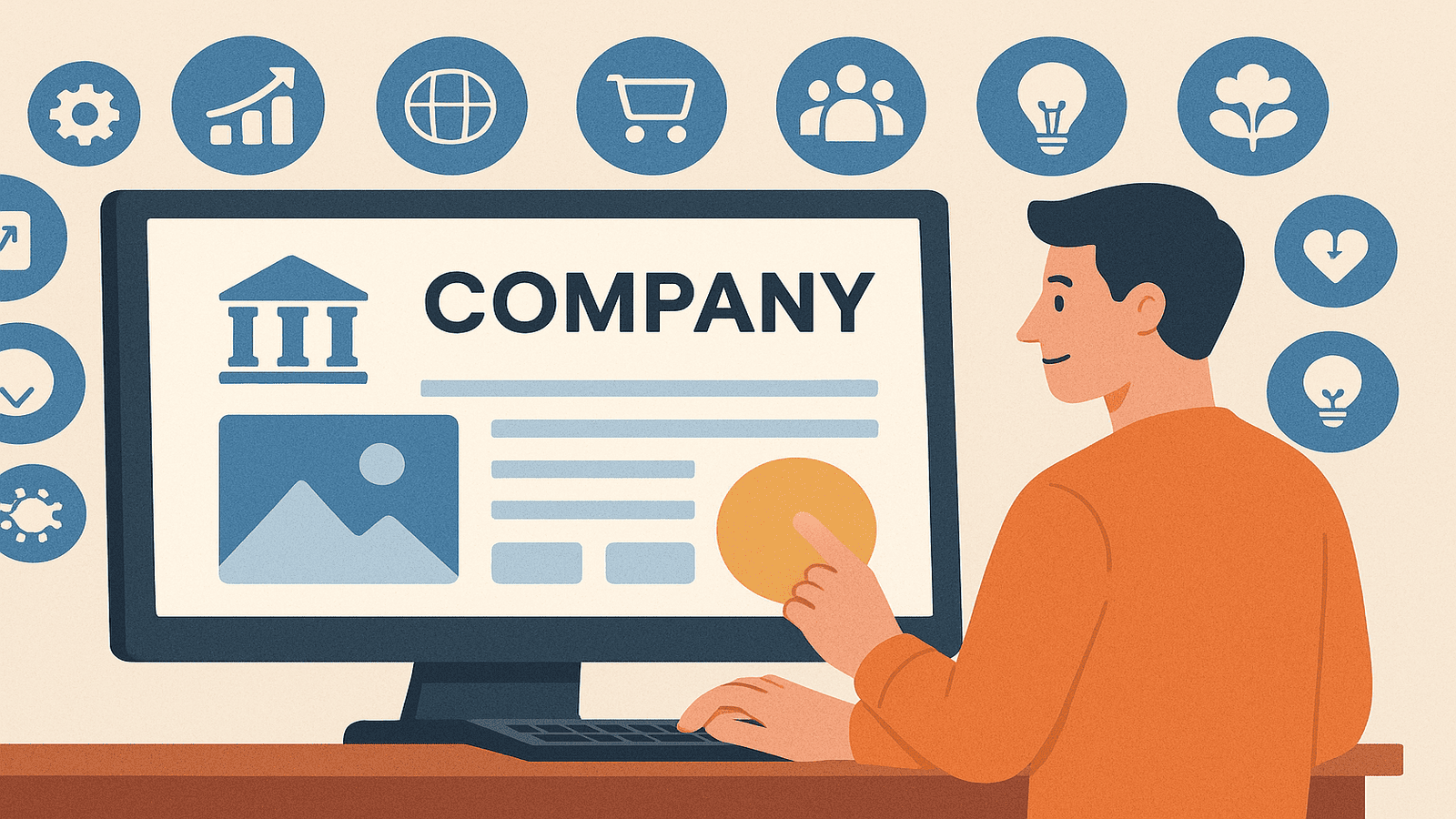
This topic is spot on! When design aligns with brand values, it creates an unforgettable and authentic impression.